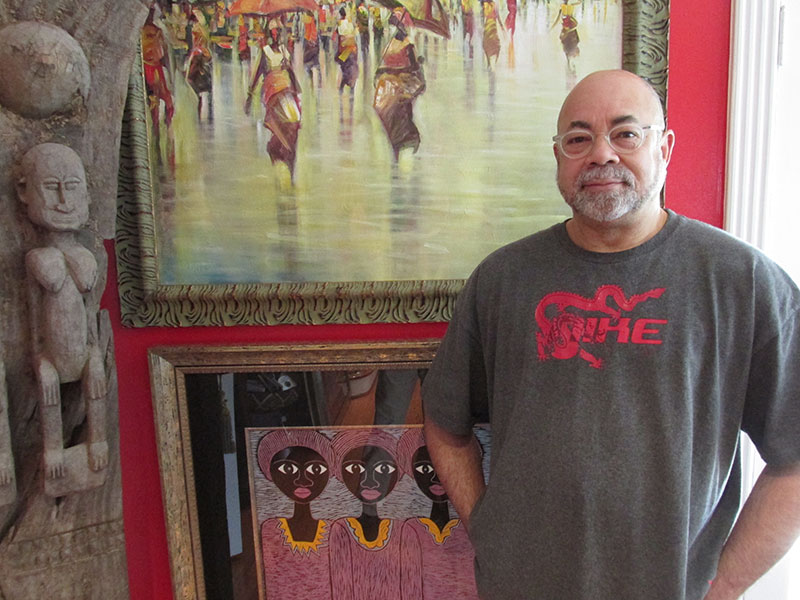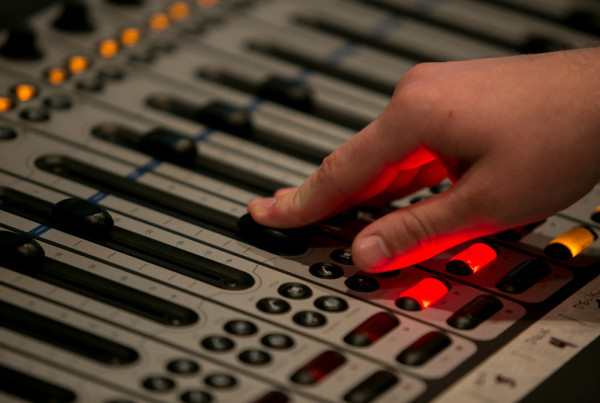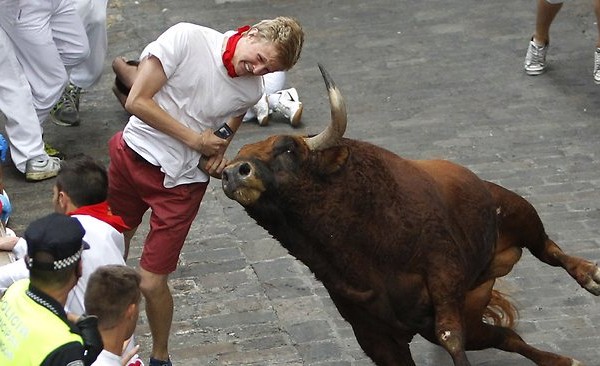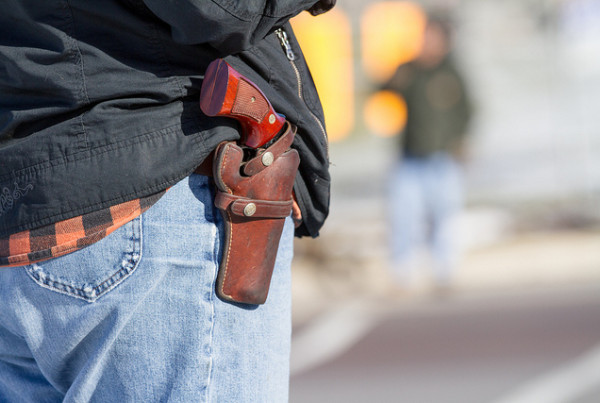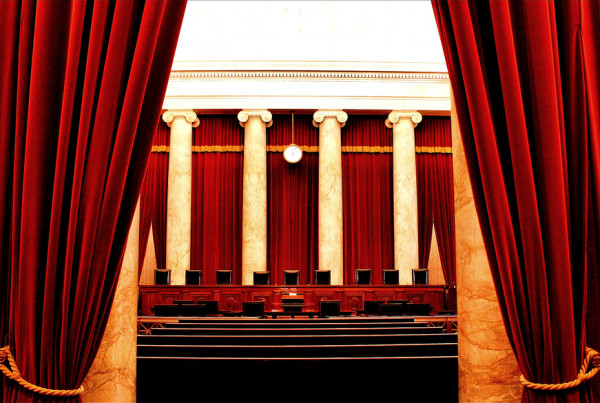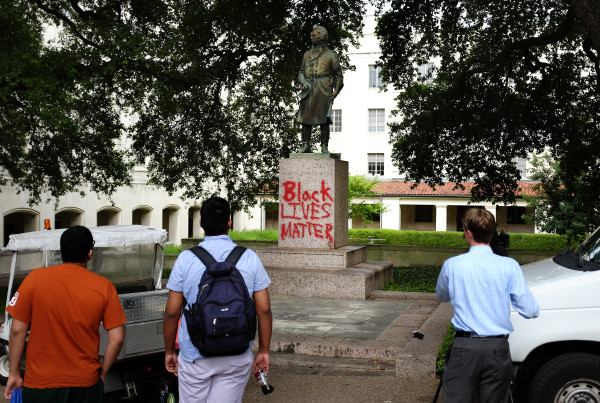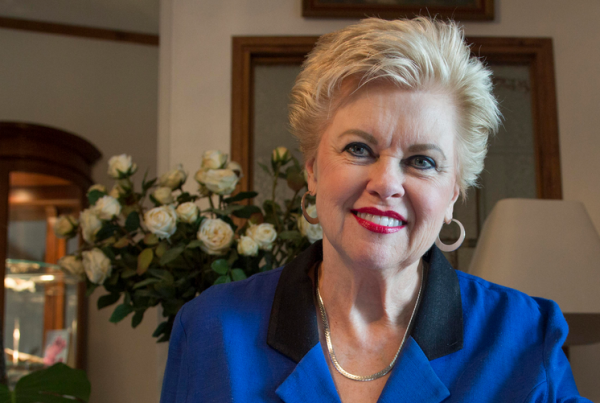This story originally appeared on Houston Public Media.
Lloyd Gite owns a gallery for African art in the Third Ward, just east of State Highway 288 on Alabama Street. He says a lot has changed since he opened the place 10 years ago.
“Just Almeda, the street up here, which is a historically African American street or corridor — they’re building white businesses along here and they’re building white housing, or housing that’s going to be inhabited by white people or people who can afford it,” Gite says.
In fact, according to the U.S. Census Bureau, the number of African Americans in the Greater Third Ward has shrunk by more than 10 percent over the past decade.
At the same time, the white population has doubled, and both education and income levels have risen.
But not just because more whites are moving in.
Alaina Benford is African American and a partner at a powerful Houston law firm. She and her husband moved to the MacGregor area 13 years ago. One reason was to be closer to Benford’s workplace downtown.
“But also the demographic of the area, because in our workplaces, we are in majority workplaces,” Benford says. “And we thought it would be nice to be in an environment at home where we were around people who look more like we do.”
Not far from the Benfords, just across Brays Bayou in the South MacGregor area, lives Eric Coleman with his family.
They moved here three years ago to be closer to Coleman’s work. But Coleman says he soon fell in love with the people who live in the community and with its African American history.
Both Benford and Coleman have noticed more white families moving into the area. Coleman says that’s not necessarily a bad thing.
“I think as long as we can all coincide and respect the history of the neighborhood, then that’s not a problem,” he says.
Community advocates like Assata Richards with Project Row Houses second that. She says she welcomes new residents in the Third Ward — whether they’re black, white, Hispanic or Asian.
“What we are not welcoming is the displacing of people out of the neighborhood who have historically called Third Ward home,” she says.
Richards says to make sure low-income residents are not pushed out because of rising property values, there must be sufficient affordable housing available. Row House CDC offers some of that.
Edith Selgary lives in one of those apartments. She’s 66 years old and grew up in the Third Ward. She says there have been a lot of changes since the 1950s — some good, some bad.
Selgary is sad about the dwindling number of African Americans in the area.
“Third Ward does have a very rich history for African Americans,” she says. “And I would hate to see that get lost in the shuffle.”
City Council member Dwight Boykins says the future is bright for Council District D, which includes the Third Ward.
“Working on grocery stores, working on more commercial upscale restaurants coming in,” Boykins says. “And we’re bringing in some housing for seniors. We’re not losing focus of what the district is all about.”
He says District D was created to make sure the city’s African American community has sufficient representation.
Back at the Gite Gallery, Lloyd Gite is not so sure this will remain the case. He considers his business a stronghold in a rapidly changing neighborhood.
“Probably in five years, you won’t refer to this as Third Ward,” Gite says. “This will be a whole different area.”
Indeed, if the current trend continues, the Third Ward will be much more ethnically diverse but also wealthier in a few years.
Many of the African Americans who live here just hope that won’t mean a loss of culture.


